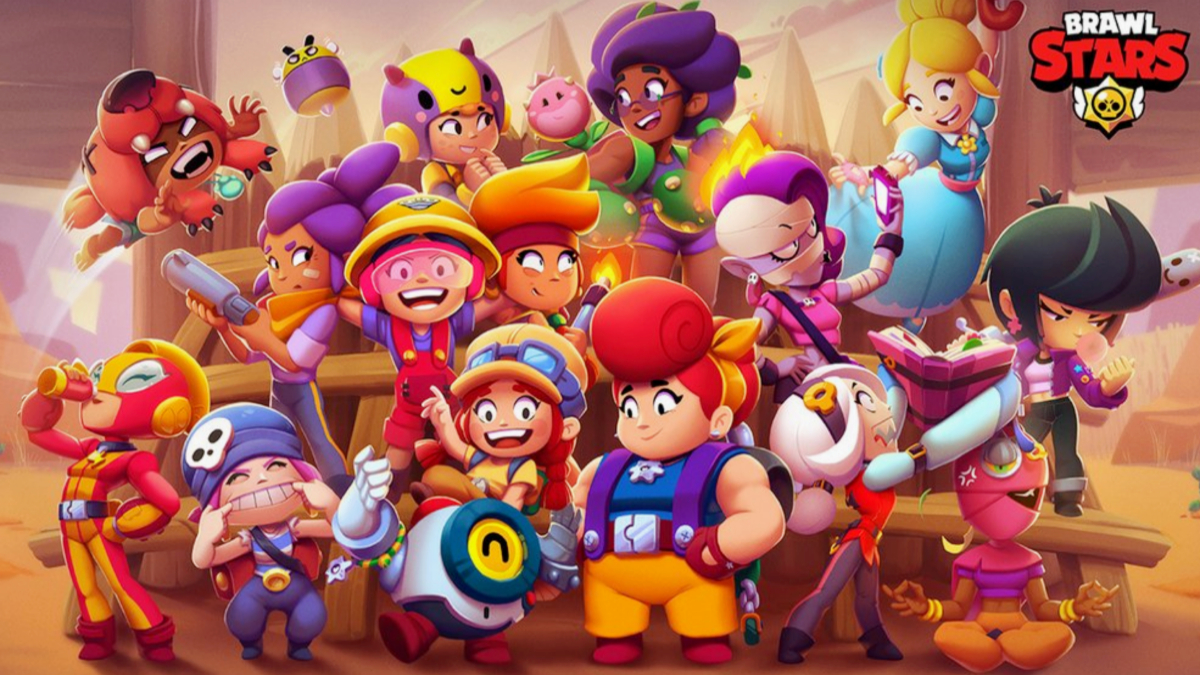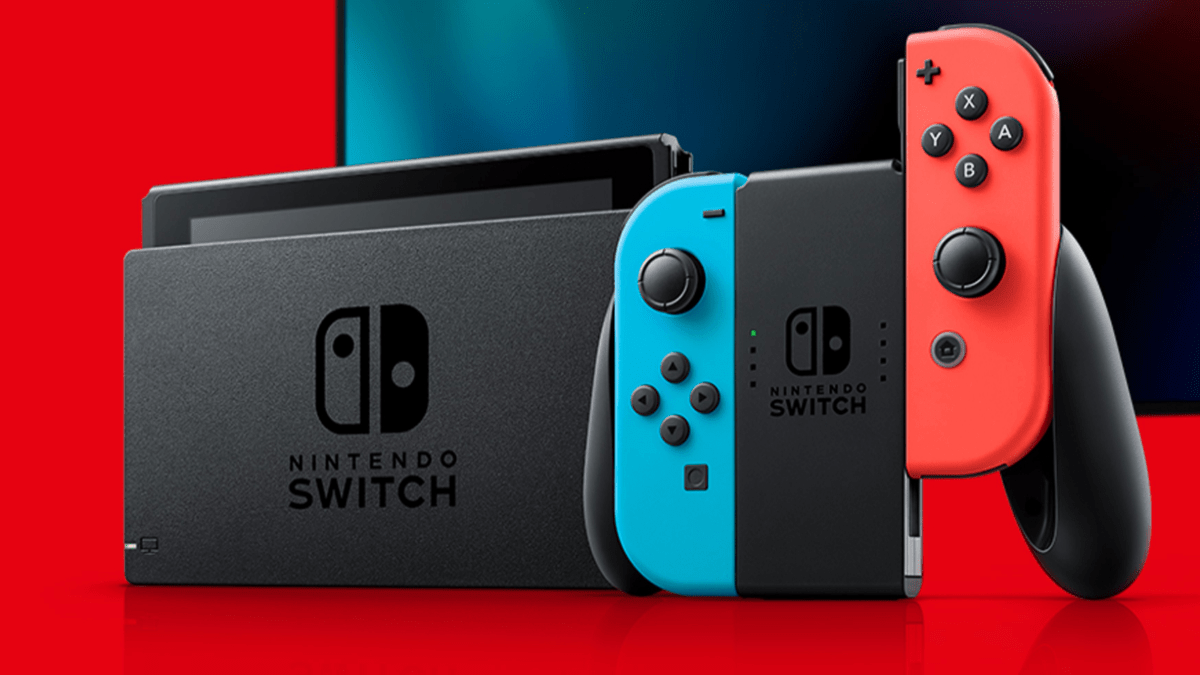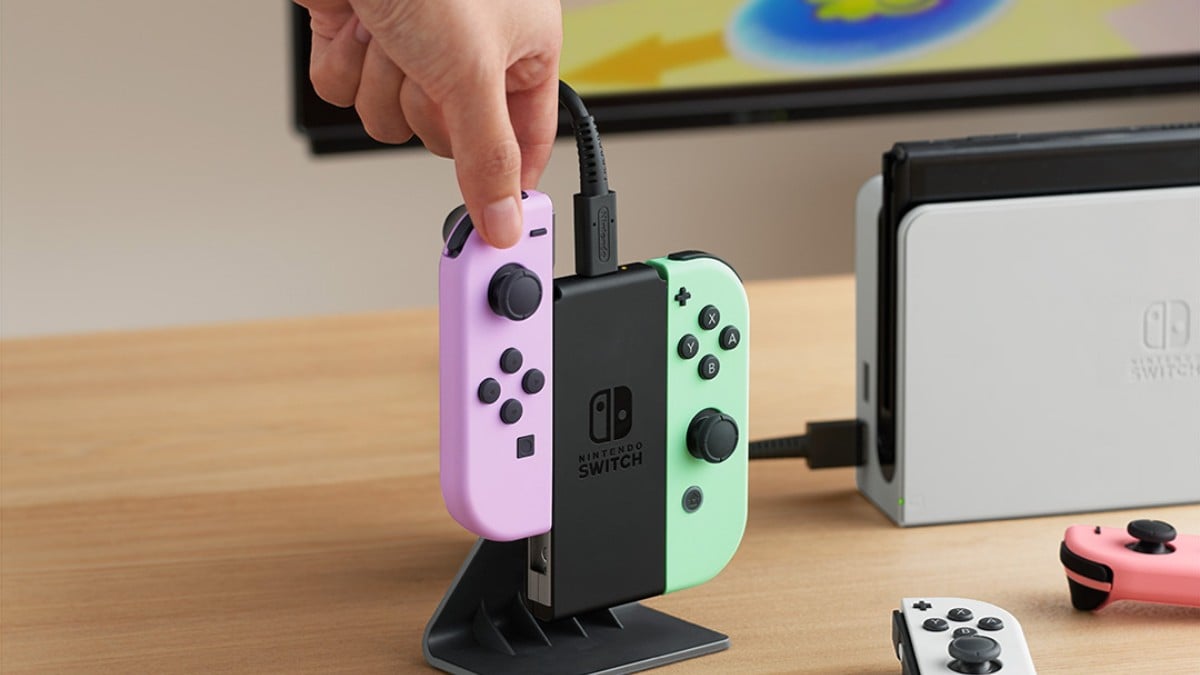It seems that every time Capcom releases a new Monster Hunter game, writers in the West have to remind readers that the franchise is one of the biggest throughout the rest of the world. Even after the critical and commercial success of Monster Hunter World, the franchise is often forgotten to all but the die-hard fans who hunt, gather, and hunt again day after day. With the release of Monster Hunter Rise on the Nintendo Switch, maybe this time, the storied franchise will finally get the recognition it deserves as a triple-A franchise and find an even bigger audience.
Monster Hunter Rise builds on some of the new mechanics first introduced in World, mechanics that long-time players felt “dumbed down” the simplistic cycle of hunting huge monsters in the core game. Players now have two buddies that join them on hunts, including a trusty Palamute — a canine that you can even ride for faster traversal. You still have a Palico along for the ride, and both buddies are important to any quest. Players can customize their animal companions’ weapon and armor loadouts, and even give them roles, like healer, gatherer, or attacker, as well as issue them commands in the heat of battle.
Each of Monster Hunter Rise‘s five locations is littered with various ways to temporarily buff and “permabuff” your hunter by collecting special bugs and moths that boost your stats. It pays to seek them out in each map before confronting your prey, as coming into a battle as strong as possible can make the difference between success and failure.

There’s also a new focus on traversing the highs and lows of each map this time around. The game takes the term “Rise” to heart by giving hunters a new tool called a “wirebug,” which can be used to climb higher and higher to find rare materials or secrets littered around the environment. The wirebug is also used in battle, and players can silkbind and mount monsters as part of their attack plan (try mounting and running a Rathian repeatedly into a wall to see what happens), or use the mounted monster as a weapon against another massive creature in your own Godzilla vs. Kong-like fight. I’m still finding new and exciting ways to use the wirebug for both offense and defense, and it’s a welcome addition to the series.
While it’s true that Capcom has made the franchise even more accessible to new players, it hasn’t sacrificed the elements that drive Monster Hunter into the upper echelons of gaming. You’ll still create hunters that are tasked with protecting the hub village by hunting huge dinosaur-like creatures and gathering various materials to create bigger and better weapons and armor to hunt bigger and scarier monsters. Where Rise begins to differ is in the presentation. More emphasis is placed on the aforementioned hub, a village called Kamura, and an in-game event called a Rampage.
Periodically within the game’s 25 to 30-hour story, a horde of monsters will attack the village, and it’s up to the hunter (or hunters, if playing multiplayer) and the villagers to team up and “defend the house” against the threat. Borrowing concepts from games like Fortnite, the hunter(s) build defenses like ballistas, mines, and the devastating Dragonator, and then proceed to slaughter any monster that dares breach the fence. The monsters attack in waves, with each capped off by a larger-than-average creature. The Rampage ends with an even bigger threat that must be killed before the gates fall for good and the village is overrun.
Rampages break up the often solemn hunting quests that make up the majority of Monster Hunter Rise, and it’s a fun new way to kill massive beasts. It’s also good for collecting various materials from monsters in an efficient way.

A handful of the 11 new monsters in Rise are inspired by designs from previous games, save for the cover star monster, Magnamalo. This beast continues the series’ Eastern influence, resembling a samurai-like lion-bear-dragon thing that is as intimidating as it is fun to hunt. In fact, everything in Monster Hunter Rise feels like a Japanese-flavored experience, more so than any other game in the franchise.
Arguably, the best thing about playing a Monster Hunter game is in teaming up with friends or strangers to take on these massive monsters together. Getting a foursome together with a good mix of range and melee hunters always makes for a great time, but this is where Rise begins to unravel a bit. The Nintendo Switch is not inherently designed for multiplayer games like this, and the online features act more like annoying roadblocks to playing together than an open door. This wasn’t an issue with the 3DS Monster Hunter games nor in Monster Hunter 3 Ultimate on the Wii U, which even offered voice chat through the gamepad controller.
Monster Hunter Rise adds extra steps to connecting with others to play online, and it’s not as easy as just going to the hunter’s guild hub and selecting a quest. What’s worse, the game doesn’t even explain things very well, and I had to go online to find a forum to explain how to connect with my wife, playing right next to me on her Switch Lite. It was frustrating, especially compared to how seamless it was to find other hunters or join hunts in progress in World.

The issues don’t end there. Playing Monster Hunter Rise in handheld mode, or on a Switch Lite makes important details and text incredibly hard to see on the smaller screen. The 3DS games compensated for this with large text and icons, but the Switch in handheld mode takes the same layout you’d expect on a large TV and shrinks it down to size. I couldn’t find anything in the menus to fix this, and in a game where every speck of information is important in a hunt, not being able to see is a problem. I also can’t recall this being that big of an issue in Monster Hunter Generations Ultimate when I reviewed that one for the Switch a few years ago.
These issues can’t completely detract from a game that looks so good otherwise. Capcom’s RE Engine makes Monster Hunter Rise one of the best looking games on the Switch (in docked mode, obviously), and the controls are as tight as ever, giving you plenty of new options and skills to decimate even the biggest beasts. There is limited voice acting from the major characters, and your hunter will even make comments during their hunts, which helps to ground the entire hunting experience.
Monster Hunter Rise is a great game that is hindered by some inherent design flaws and the limitations of the Switch’s online ecosystem. As a solo gaming experience, it has no peer and is an early front-runner for Switch game of the year. As a multiplayer experience, it trips and stumbles where it needs to shine and becomes more frustrating than it should be. Maybe this can be fixed in a patch or an update, but until then, the issues keep Monster Hunter Rise from reaching the heights it strives for.
This review is based on the Nintendo Switch version of the game. A copy was provided to us by Capcom.








Published: Apr 6, 2021 04:39 pm